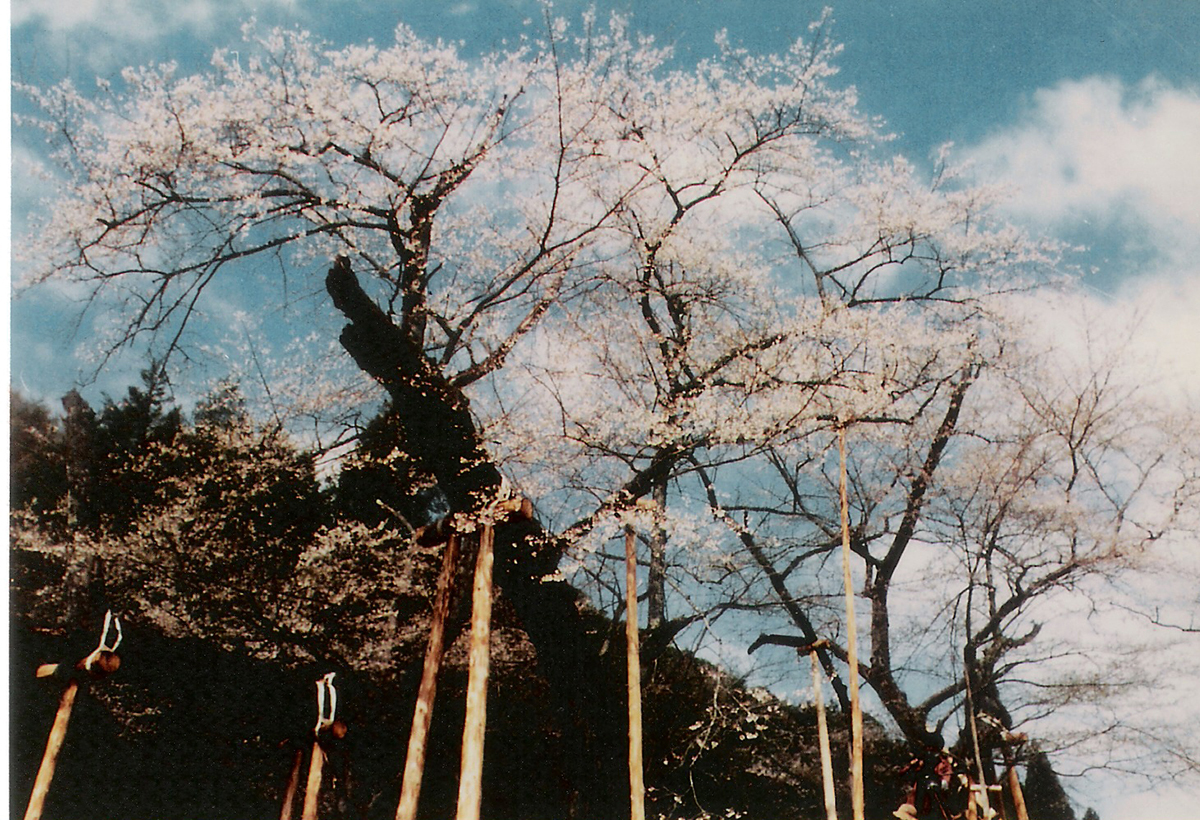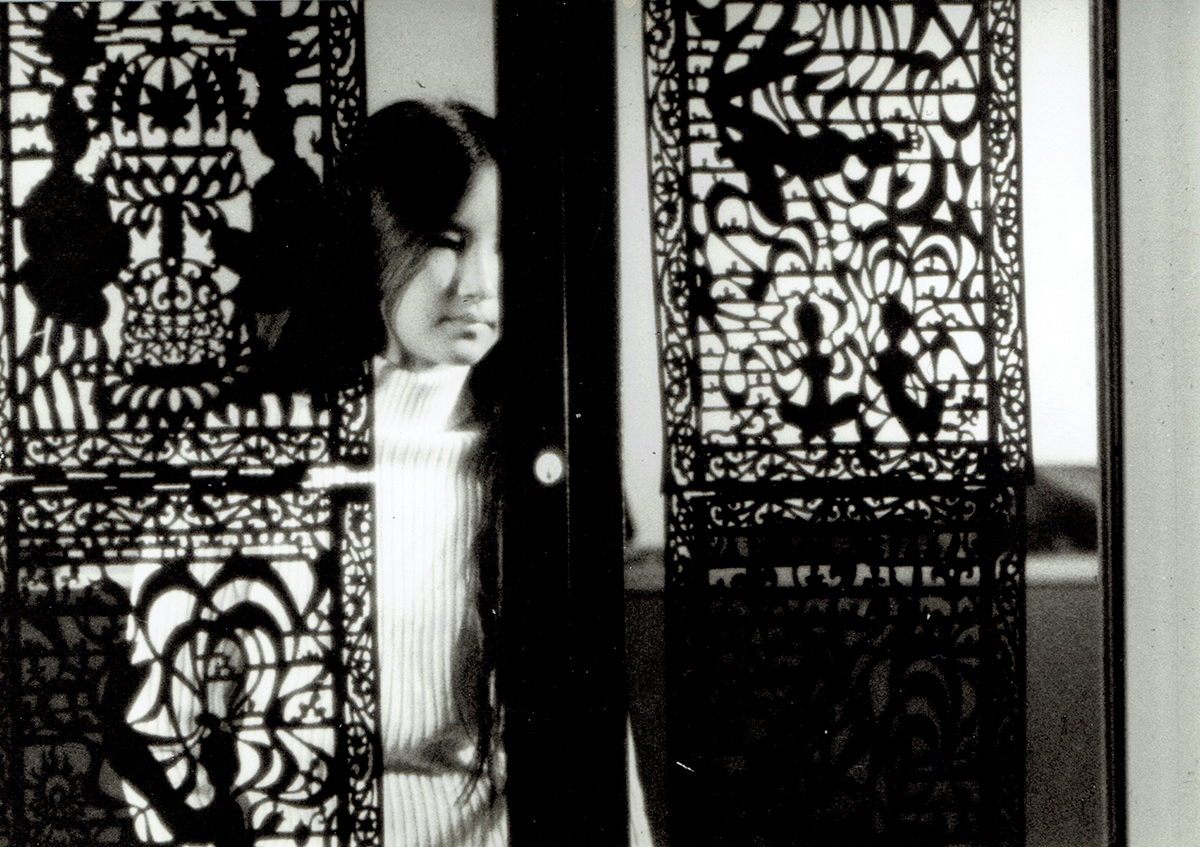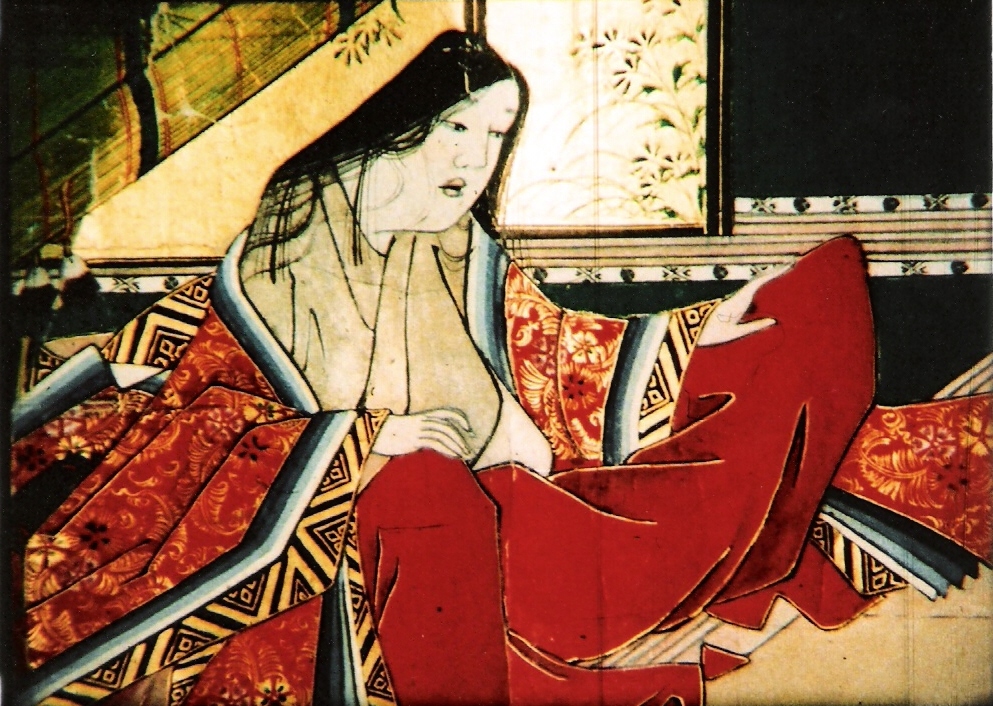
Long neglected in the West, one of Japan’s most prolific and important postwar documentary filmmakers created poetic works attuned to the cycles of rural life, colonial history and the roles of women in society
In 1950 Japanese publisher Iwanami Shoten branched out into producing nonfiction films and founded Iwanami Productions to work on educational and public-relations documentary projects for cinema and television. Thanks to the trailblazing work of Hani Susumu, one of the studio’s young filmmakers, whose Children of the Classroom (1954) and Children Who Draw (1955) marked a conceptual watershed in the history of Japanese documentary, Iwanami’s filmmaking style was soon associated with acute subjective awareness and spontaneity. Hani’s rejection of staged setups in favour of a closer relationship to his subjects ushered in a rupture in the modes of educational film in Japan, one that encouraged nonjudgemental observation and a continuous effort in keeping the subjectivity of the participants at the forefront.
Haneda Sumiko’s oeuvre can be ascribed to the same framework.
Unjustly overlooked in the West, her films are now being rediscovered and screened at festivals like London’s Open City Documentary Festival and Il Cinema Ritrovato in Bologna, and a symposium on the filmmaker – ‘Japanese Documentary Filmmaker Haneda Sumiko: Authorship and Gender Discourse’ – has been recently organised in partnership with Birkbeck, Japan Foundation, BIMI (Birkbeck Institute for Moving Image), the Japan Research Centre at SOAS and Meiji Gakuin University in Tokyo.

Born in 1926 in Dalian, the southernmost city of Manchuria, Haneda joined Iwanami Productions in 1950, working first as editor of the Iwanami Photo Library (1950–58) – a publication that served as a training platform for the studio’s young filmmakers – and as assistant director a few years later. It wasn’t until 1957 that Haneda – one of only two female directors active at Iwanami, together with Tokieda Toshie – was invited to direct her first film, Women’s College in the Village. Shot in a village in the Shiga Prefecture, the film was conceived as part of a government education project, for which both the Ministry of Education (who funded the project) and Iwanami arguably tokenised Haneda’s gender. Women’s College in the Village depicts children doing their homework in an unstaged manner similar to Hani’s films, but it also looks at the wider social landscape and its dynamics of domestic and agricultural labour. Combining a verité style with artificial vignettes in which characters perform gestures taken from instances of quotidian life, the film remarkably turns the spotlight on women, who have an opportunity to speak for themselves. Despite the studio’s restrictive practice of assigning projects to filmmakers, thus limiting their freedom to pursue their creative interests, it’s possible to detect, weaved into the film’s texture, the themes that Haneda would continue to examine throughout her long and prolific career. Alongside the exploration of a vanishing rural Japan – magnified in later films such as The Cherry Tree with Gray Blossoms (1977) and Ode to Mt Hayachine (1982), both indebted to Haneda’s comprehensive understanding of and proximity to the profilmic space – the filmmaker’s attention to women and their roles within society is often embedded into her late productions.

It is also interesting to reflect on Haneda’s positionality towards her subject matter. In the case of Women’s College in the Village, the filmmaker’s social status and cultural upbringing made her radically different from the women in the village. Hence, hers is the point of view of an outsider, of a city dweller who had the means and the ethnographic curiosity to document life in a rural area of Japan. However, for Haneda such a condition is critically complicated by her own personal history. As a Japanese person born in Manchuria, Haneda de facto belongs to a Japanese community existing outside her home country, whose fragile status is dependent on a geopolitical equilibrium soon to be further problematised by Japan’s heightened colonial ambitions. In A Story of Manchurian Settler Communities (2008), a visit to the memorial to the Japanese settlers built by President Zhou Enlai in Fangzheng (China’s premier, a veteran of the Second Sino-Japanese War, reasoned that the settlers, like the Chinese who died under Japanese rule, were also victims of Japanese imperialism) is the occasion for Haneda to connect with war orphans, whose harrowing stories make up the core of her documentary. Through several interviews, the film unveils not only the atrocities the settlers had to endure during their mass exodus after the war, which resulted in around 80,000 people left behind, but also Japan’s despicable refusal to take responsibility and offer support to its own citizens, especially to the orphaned children brought up by Chinese families.

Haneda’s interest in territoriality manifests itself ecocritically in Ode to Mt Hayachine and The Cherry Tree with Gray Blossoms, the filmmaker’s first independent film. Whereas the former is at once a piece of stunning ethnographic cinema observing the tradition of the kagura dance in Iwate Prefecture and a contemplative poem on the passage of time, The Cherry Tree is an alchemical work experimenting with organic textures and symbols. Both films look at the deep interrelations between nature and human life, pointing at humanity’s impermanence amidst fertile seasonal cycles. In particular, The Cherry Tree concentrates on a singular millenary cherry tree in Gifu Prefecture, around which revolves most of the village’s activity. Focusing on the trunk, the camera follows the motions of insects and organisms creeping along branches and roots while the film’s whispering voiceover conjures up chthonic tales from under the soil. The mysterious figure of a high-school girl seems to connect the worlds of the living with the one of the dead as she’s visually associated with the image of a bridge and the dark burled wood of the cherry tree.

The abstract presence of a schoolgirl is also registered in one of Haneda’s early works, Dedicated Treasures of Horyuji Temple (1971), which she directed when she was still at Iwanami. A companion to Hani’s cinematic tribute to the Horyuji temple – Horyuji (1955) – Haneda’s film once again focuses on the poetics of temporality. The temple’s treasures are scrutinised by Haneda’s camera in an act that confers upon the film a tactile feeling until one last artefact dissolves into the girl’s melancholic visage. A similar, almost sacred, attention to objects of art anticipates the filmmaker’s 2008 art documentary Into the Picture Scroll – The Tale of Yamanaka Tokiwa. In the film, through careful handling of the parchment, precise editing and rhythmic pacing, Haneda eventually turns on its head what she once called the “filmed image” (‘Documentarists of Japan Series: Haneda Sumiko’, Documentary Box 1, 1992). By that name, Haneda meant those early documentaries that were thoroughly staged, hence subject to the dictates of propagandist means. By transforming a static picture scroll into a stirring cinematic experience that oozes vitality, Haneda epitomises the notion of moving image itself.
Ren Scateni is a film critic, curator and programmer based in Bristol
From the Winter 2021 issue of ArtReview Asia